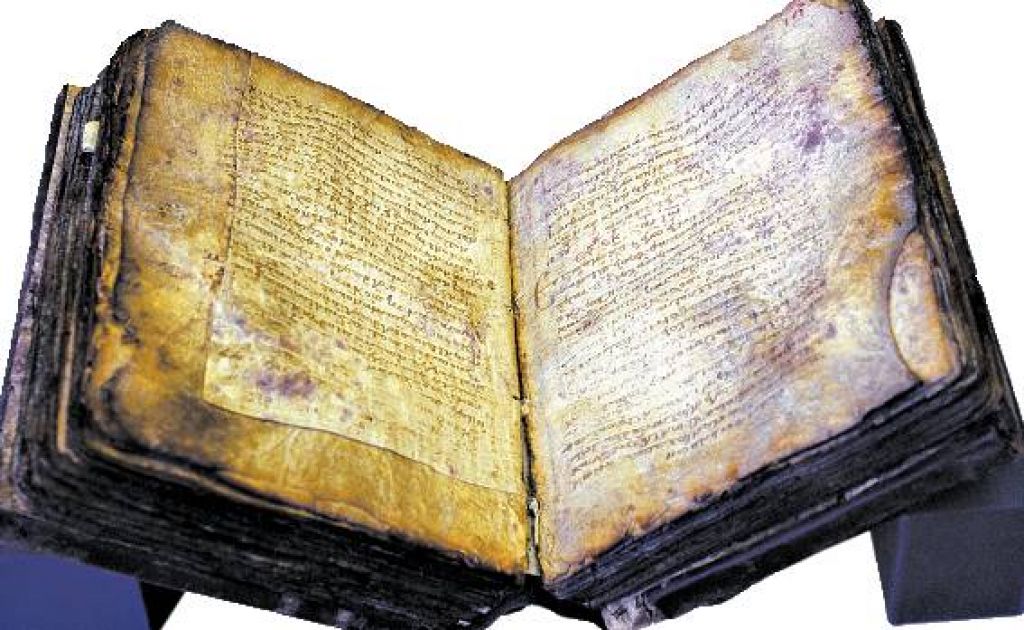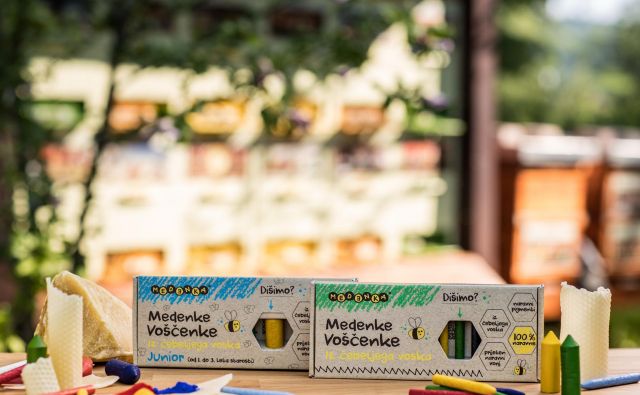BALTIMORE, Maryland - The story of the Archimedes Palimpsest features a third-century B.C. Greek mathematician (Archimedes) known for his playful brilliance; his lost writings, discovered more than a hundred years ago in an Istanbul convent; and various episodes involving plunder, pilferage and puzzling forgeries.
The saga includes a monastery in the Judaean desert, a Jewish book dealer trying to flee Paris as the Nazis closed in, a French freedom fighter and an anonymous billionaire collector.
At the center is an ancient volume, its parchment recycled into a 13th-century prayer book. And at the climax we see those old folios, charred at the edges and scarred by dripping wax from the candles of devout monks, being meticulously studied for 12 years by an international team using the most advanced imaging technologies of the 21st century. And what is found is more revelatory than had ever been expected.
The tale really does begin with a 10th-century copy of Archimedes' third-century B.C. writings. Three centuries later they were scraped off the parchment, which was reused - creating a "palimpsest." And there really is a sense of excitement in the account of the book's history, restoration and meanings, at an exhibition on view until January 1 at the Walters Art Museum here: "Lost and Found: The Secrets of Archimedes."
Almost nothing about the tale is banal or ordinary. In a companion book, "The Archimedes Codex ," William Noel, the museum's curator of manuscripts, describes how the saga was brought to its conclusion. In 1998, after the Palimpsest's sale at a Christie's auction to an anonymous purchaser for $2 million, the museum's director suggested to Mr. Noel that he discover who bought it and ask whether it might be exhibited at the Walters. The purchaser not only deposited the book with Mr. Noel but also provided funds for the project, as scientists and other experts took it apart for restoration and research. The owner, who remains anonymous, also stipulated
that all the findings be made public.
It may be difficult, at first , to understand the fuss. At the exhibition's start you face two leaves from the Palimpsest; all you see is a fragment of a ruined manuscript, charred, stained and inscribed with prayers. But lines of reddish text, scarcely visible, run perpendicular to those prayers. And you can make out the ghost of a diagram, a spiral. Above these leaves a series of slides shows the same pages under colored lights, revealing various details.
The juxtaposition neat ly demonstrates the challenge posed by the Palimpsest and the technology used to explore it. The effort is made more complicated by the Palimpsest's nature. After being erased, each leaf was rotated 90 degrees and folded in half, one Archimedes page yielding two of the prayer book's.
That book was apparently in use for centuries at the Monastery of St. Sabbas in the Judaean Desert. In 1844 a biblical scholar happened upon it at the Metochion of the Holy Sepulcher in Istanbul and saw the mathematics underneath.
Then, in 1906, the Danish Archimedes scholar Johan Ludvig Heiberg saw the book in Istanbul and recognized seven treatises by Archimedes behind the prayers, making it the oldest source for his writings in existence and the sole source for two unknown works, "Method" and "Stomachion."
As part of the restoration the book's history was examined and is surveyed here. There was the devastating impact of World War I on Istanbul's Greek communit ies, which af fected a large number of artifacts. The exhibition also notes that in 1932 the Palimpsest had been offered for sale by a Jewish dealer in Paris, Salomon Guerson, who recognized its importance. But no purchasers were found.
Archimedes, the exhibition suggests, created a "radical idealization of real-world phenomena." But it may also be that he knew that the ideal world of straight lines and regular objects was only an approximation of the real world's curves and complexities. Such approximations and calculations were among his preoccupations. Somesee the makings of 17th-century calculus and of other aspects of modern mathematics.
And we see, throughout, hints of someone standing triumphant at the borders of the ancient world, peering at us through accumulated catastrophes and layers of destruction, and surviving - just like the hero of any good thriller.
 Tiskane izdaje
Tiskane izdaje























